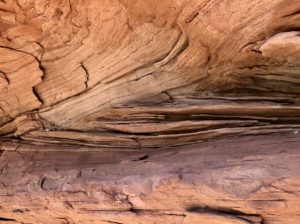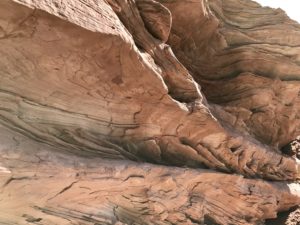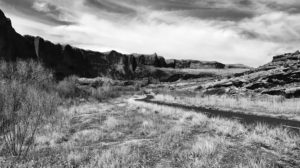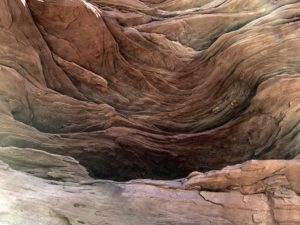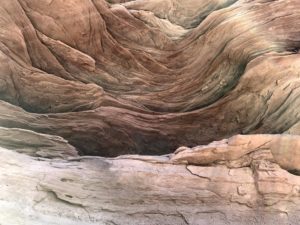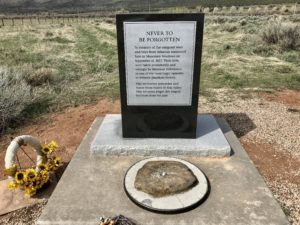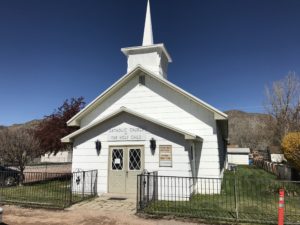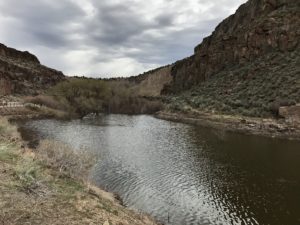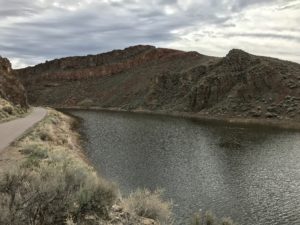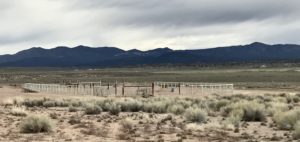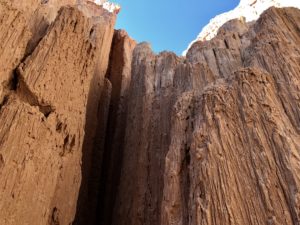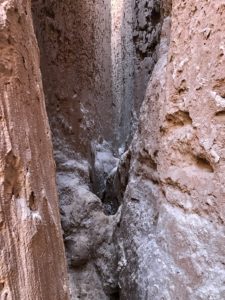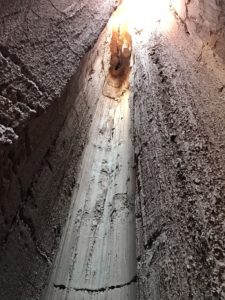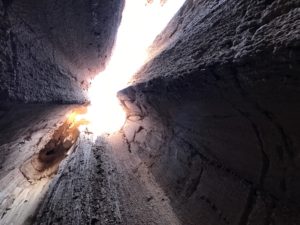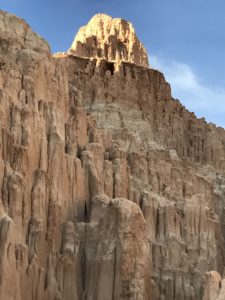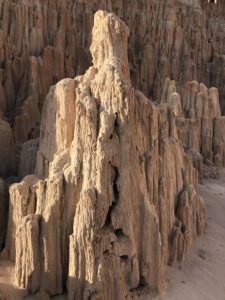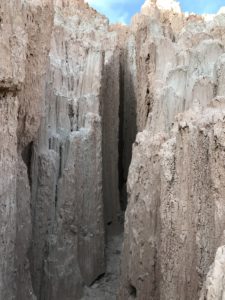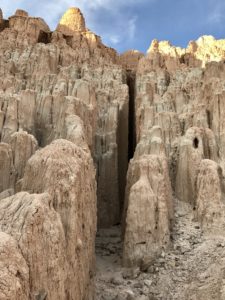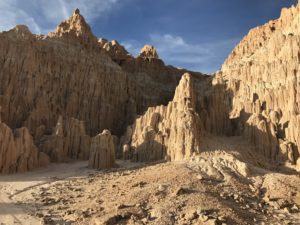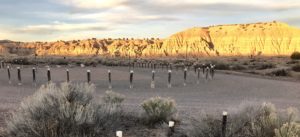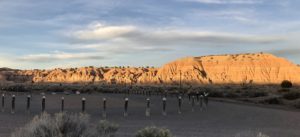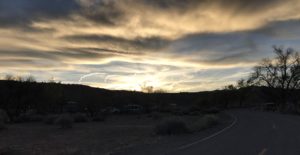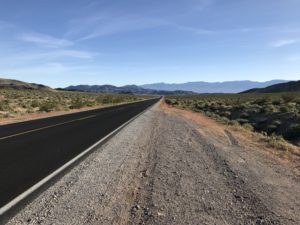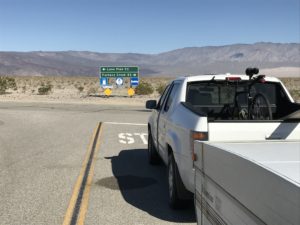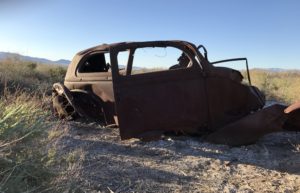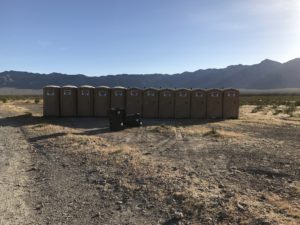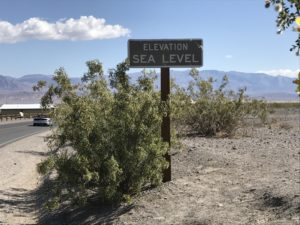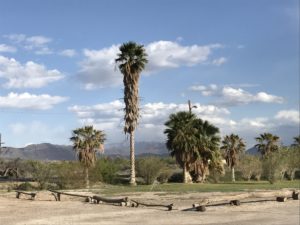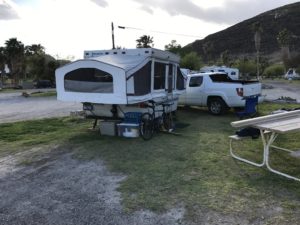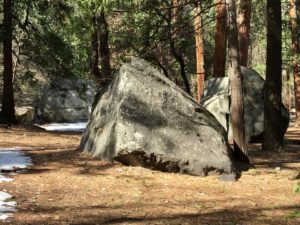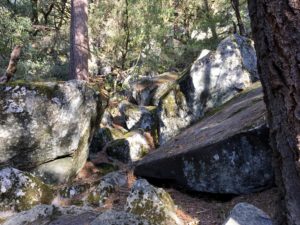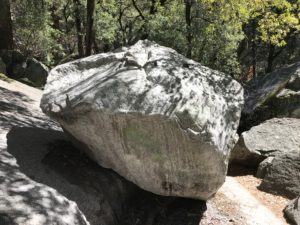It sometimes feels odd to be so far from home and yet find yourself in the familiar. When I was in this area last year, Moab was where I went to church. St. Pius X is the only Catholic Church in this part of Utah. I was happy to be spending Palm Sunday in a church that felt familiar. The priest and the worship space were familiar, but it ended there. At home, being a member of a largely Hispanic church, I’m used to a certain “atmosphere” that comes from the way the beginning of Holy Week is celebrated, as only Hispanics can. Palm Sunday at St. Pius is quite different. It was virtually impossible to distinguish the visitors from the regulars. That’s not usually the case when you visit other churches. I didn’t see a single person that I would describe as dressed up. Not that that’s necessary, it’s just the more common place. Especially on this day. I could pick out lots of people with “camping hair”, and I could smell wood smoke. Familiar, yet unfamiliar. None of this is meant as complaint or criticism. Merely some feelings and observations about my Palm Sunday experience.
And this is what I’ve been meditating about during Holy Week;
Palm Sunday begins a week during which Christians world wide go from joy, to sorrow, and back to joy. And along the way, it is incomparable in the range of emotions and the variety of elements of the human condition that it contains. Rejoicing and conspiring. Community, betrayal, service, denial, guilt, suicide, brutal, brutal, brutal, punishment and execution. Love, pity, sympathy, empathy, jealousy, surprise, doubt, faith, and we can’t forget, sacrifice. There’s more I’m sure, but it’s all there. In one week. Is it any wonder we want to do all of that in familiar surroundings. When I put it that way, I miss my home church. 🙂
When I leave Moab, I’m heading to Durango, CO. I’m doing that for two reasons. One is, I love Durango. Some of you might remember that from last year. But it also has a church, (St. Columba’s), that I like and am familiar with. If I can’t be home, it feels like the best choice I can make as a place to journey the Triduum.
After that, I am going to mosey east on the trail back to MN. I am well and hope you all are too.
